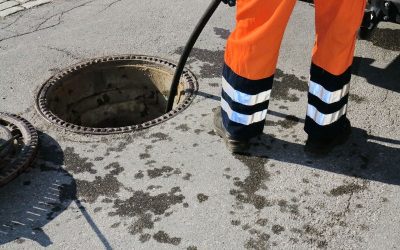A plumbing system cannot function without its sewer line. This is often one of the first lines of plumbing run during the new construction of a home. It is also one of the first lines replaced during a revamp of a plumbing system. Because of its importance in ferrying the waste from the home, a professional installation is needed. These are some of the steps taken by the service to install the line.
The first step that the Sewer Line Installation Service takes is to determine the location of the sewer tank or the city lines. They will also locate the main drainage pipe that leads out of the hole. If the location of the tank is not known, it will take a deeper investigation to find out. This may require consulting original building plans or using a metal detector to find the tank’s location.
Once the drain is identified, the path of the piping is determined. The lines are drawn out on the yard in the paint. The lines are also marked inside the basement areas. This will define where the digging is to be done. Depending on the path, concrete may need to be dug up in areas. A plan for replacement of the concrete should be made ahead of time. If the path is run through a driveway, alternate plans for parking will need to be made.
The next step taken by the Sewer Line Installation Service is to dig and lay the sewer piping. Since the sewer pipe is sloped downward to help with drainage, the ditch will be dug along the entire path. This will ensure that the sewer line is running at the proper angle downhill. Supports such as rock or gravel are added in the ditch to provide stability to the piping and prevent it from sinking into the ground.
After the system is tested, the ditch is filled up completely. Gravel is often used as a substitute to fill in areas until concrete can be poured. After installation, the sewer line can be used. Contact Behle Inc. for more information on sewer lines and how they are installed.


